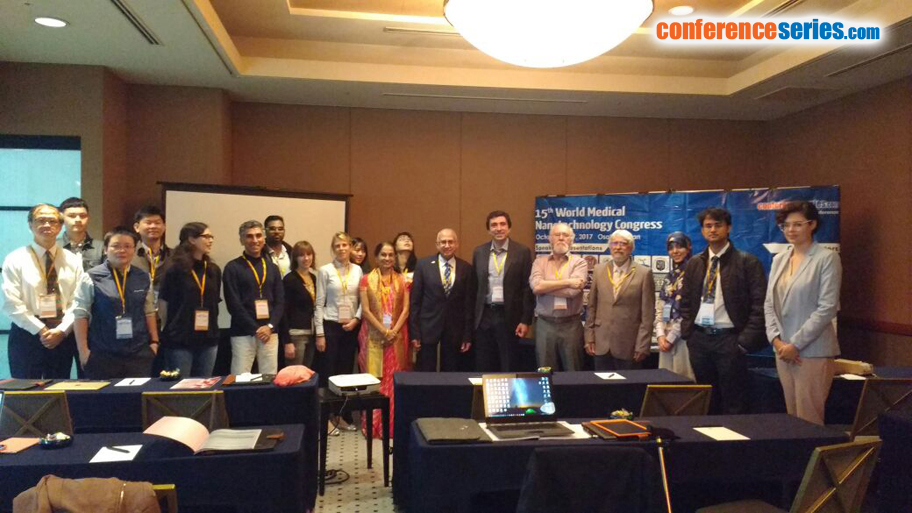
Preenan Pillay
University of KwaZulu-Natal, South Africa
Title: Placental-derived exosomes: Future biomarkers of pree
Biography
Biography: Preenan Pillay
Abstract
Statement of the Problem: Hypertensive disorder in pregnancy (HDP) is one of the leading causes of maternal and perinatal morbidity, affecting up to 10% of pregnancies globally. Pre-eclampsia (PE) is the most predominant HDP result in 50,000-76,000 maternal deaths per a year worldwide. Pre-eclampsia still remains an enigmatic scientific research question due to its unknown etiology, which is related to the multifactorial nature of the disorder. Angiogenic, antiangiogenic, cffDNA, cfDNA and proteins have been extensively studied as potential biomarkers of PE, however, with no definitive diagnosis/prognosis. More recently, exosomes have emerged as potential biomarkers of PE due to their potential immune-regulatory role in pregnancy. Exosomes are cellular derived organelles, containing molecular cargo such as- membrane bound proteins, cytosolic RNA and lipids, which serve as valuable tools in PE biomarker discovery. In this preliminary study, we have determined the concentration of total and placental-derived exosomes in maternal circulation.Methodology & Theoretical Orientation: This study forms the basis for future studies for the identification of placental-derived exosomal molecular markers of PE since the preliminary requirements of a biomarker is for it to be (1) objectively isolated is detected and quantified in biofluids and (2) shown to be significantly altered in PE in comparison to normal pregnancy. Plasma samples were obtained from pregnant women in the third trimester, for the isolation of exosomes by differential ultracentrifugation. Total exosomes were quantified using nanoparticle tracking analysis and immuno-reactive exosomal CD63 quantification. Placental-derived exosomes were quantified using placental alkaline phosphatase (PLAP) as a specific marker. The contribution of placental-derived exosomes to total exosomes in maternal plasma was determined by the ratio of PLAP+ exosomes to CD63+ exosomes.Findings: The outcomes of the study indicate that the number of exosomes present in maternal circulation is higher in early and late onset PE compared with normal pregnancy. However, placental-derived exosomes are significantly lower in late onset PE compared to early onset PE and normal. Moreover, the contribution of placental exosomes to total exosomes increases in early onset PE but decreases in late onset PE. Conclusion & Significance: These findings provide insight into the physiological levels of total and placental-derived exosomes in early onset and late onset PE, which can be used as a basis for future studies to fully elucidate the role of these molecules in PE. Additionally, the findings indicate that exosomes may serve as a promising biomarker of early onset and late onset PE and therefore warrants further investigation.


